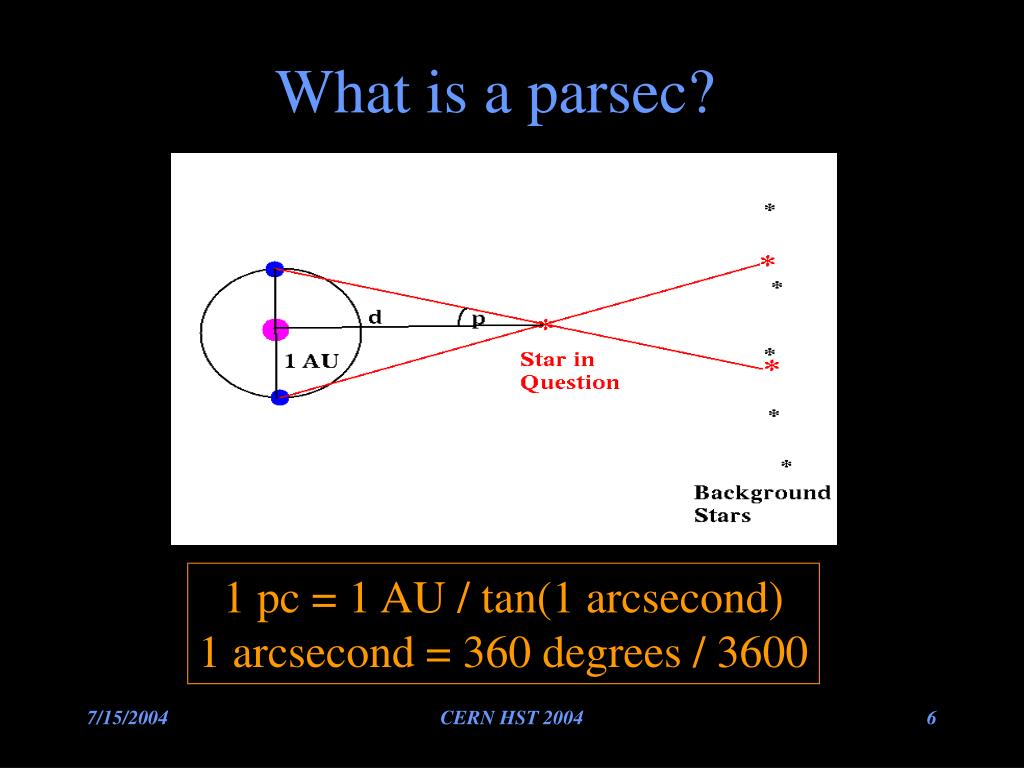

A light year is the distance a photon of light travels in one year, which is about 6 trillion miles (9 trillion kilometers, or 63,000 AU). Credit: NASA-JPL-Caltechįor much greater distances - interstellar distances - astronomers use light years. This animated video illustrates how far a light second, minute and year are. (This is because, technically, you're expressing every distance as a ratio of the distance from Earth to the Sun. They make it easy to see that Jupiter orbits five times farther from the Sun than Earth, and that Saturn is twice as far from the Sun as Jupiter. So astronomical units are a great way to compress truly astronomical numbers to a more manageable size.Īstronomical units also make it easy to think about distances between solar system objects. When measured in astronomical units, the 886,000,000-mile (1,400,000,000-kilometer) distance from the Sun to Saturn's orbit, is a much more manageable 9.5 AU.

One AU is the distance from the Sun to Earth's orbit, which is about 93 million miles (150 million kilometers). So for cosmic distances, we switch to whole other types of units: astronomical units, light years and parsecs.Īstronomical units, abbreviated AU, are a useful unit of measure within our solar system. Distances between the planets, and especially between the stars, can become so big when expressed in miles and kilometers that they're unwieldy. The space beyond Earth is so incredibly vast that units of measure which are convenient for us in our everyday lives can become GIGANTIC. Your browser does not support the audio element.


 0 kommentar(er)
0 kommentar(er)
